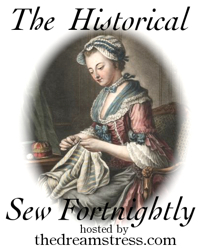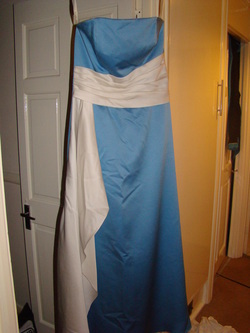
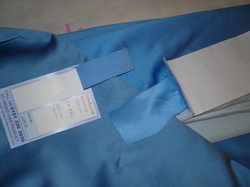
I turned to the internet for help, and requested samples from two place - bridallace,co,uk and calicolaine.co.uk. Bridal lace was particularly helpful, sending not only the swatch I requested but 3 similar blues in duchess stin. Both companies privided really good matches (I was so excited to see them, I'd just about given up by that point), but the calico laine offering ws half the price, so thats what we ordered. There has so far been quite a lot of hassle with the order - they get the benefit of the doubt so far, but if it doesn't work out to my satisfaction I'll tell you all about it ;)
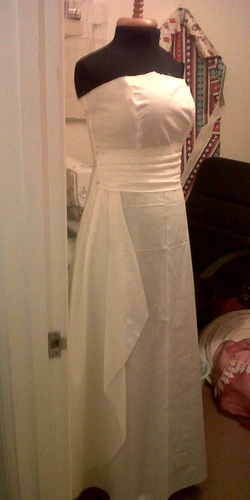
The waist section was probably the trickiest to draft, I started with a rectangle wide enough to go round the front of the dress, and then measured and marked up each side where each pleat should fall. What I didn't realise was how much curve the uneven pleats were going to add! I ended up with a piece which was much too short, so I cut it up the middle and added another couple of inches. In fact in these pictures its still a little too short, it stretches seam to seam but there's no seam allowance left.
The drape I drafted by drawing the chape of the original drape on a piece of paper, complete with pleats and overlaps. I then traced each layer seperately, cut them out and stuck them together in 'unfolded' format. This worked out perfectly first time!

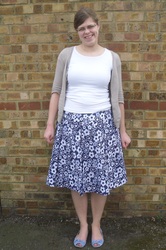
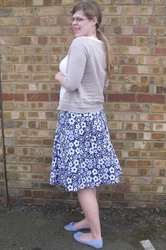
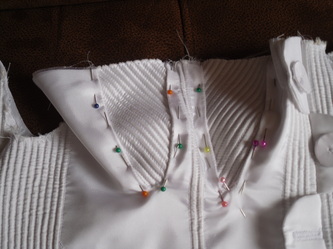
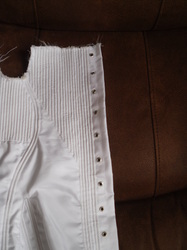
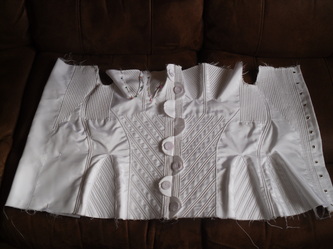
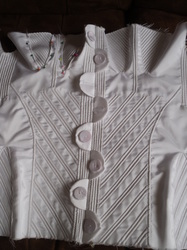
 RSS Feed
RSS Feed
